How to Grow Bottle Gourd with Your Kids This Monsoon: Easy, Joyful, & Messy Fun
If you’ve ever watched a child dig their hands into soil, eyes wide with curiosity, you’ll know this—gardening does more than just grow food. It grows connection.
Gardening is a beautiful way to bring children closer to nature. It teaches them patience, responsibility, and the wonder of growing something with their own hands. And there’s no better time to start than the monsoon, when the earth is soft, damp, and full of life.
This season, consider growing bottle gourd with your kids. Known as lauki or sorakaya in many Indian homes, it’s a nutritious, fast-growing vegetable that kids find especially fun to cultivate. The vines grow quickly, the fruits are large and satisfying to watch mature, and the rains keep it low-maintenance for parents.
Here’s a step-by-step guide to get started:
1. Gather your materials and prep together
Start by collecting everything you will need, like bottle gourd seeds, pots or a garden bed with nutrient-rich soil, compost or organic fertiliser, a watering can, and a trellis or frame for the vines to climb. Involve your kids in gathering these items; it is a great way to build excitement and teach them about the different tools and materials involved in gardening. Explaining why compost helps the plants or why the trellis is needed for support will give them a better understanding of what the plants need to grow.
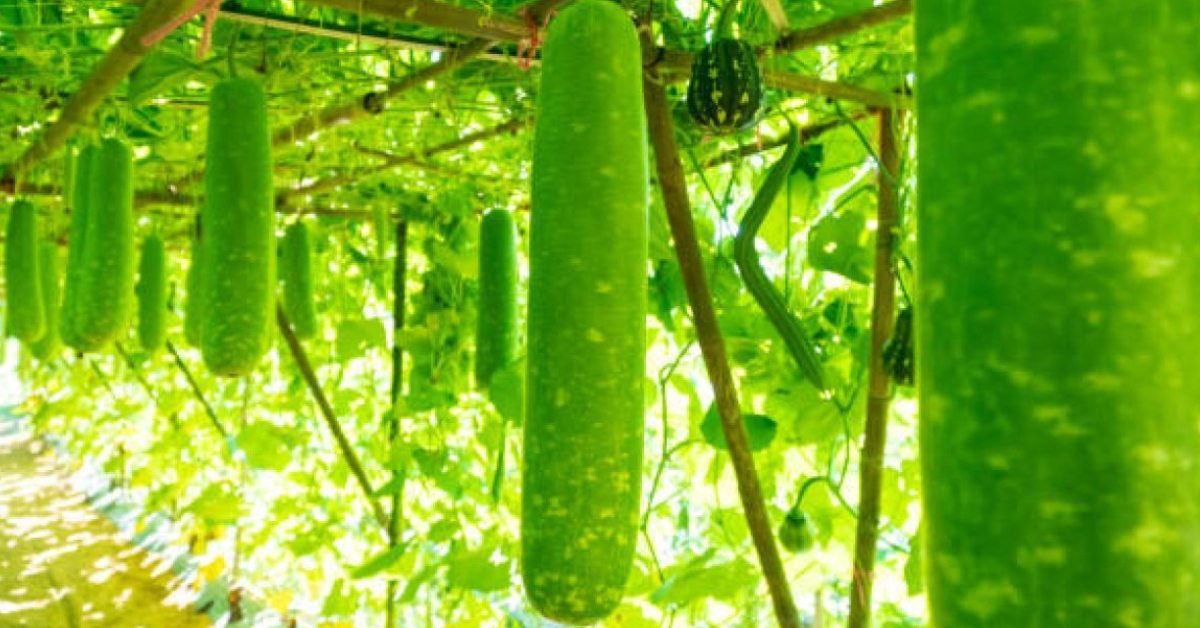 Monsoon is the best time to start growing bottle gourd on your terrace or balcony; Picture source: Kisan Vedika
Monsoon is the best time to start growing bottle gourd on your terrace or balcony; Picture source: Kisan Vedika
2. Choose the right spot
Find a sunny corner in your garden or balcony where the bottle gourd plants can soak up at least six hours of sunlight each day. If you are limited on space, large pots work brilliantly and can be placed near windows or balconies that catch the sun.
Let your children help decide where to plant the seeds; this allows them to observe how light and shade affect plants differently.
3. Prepare the soil
Healthy soil means hardy plants. Help your children loosen the soil using a small garden fork or their hands, and mix in plenty of organic compost. This enriches the soil with nutrients and helps retain moisture, which is especially important during the growing period.
Use this moment to talk about soil life, like earthworms, microbes, and how they all help plants grow. Let your kids get their hands messy as tactile learning makes the experience more memorable.
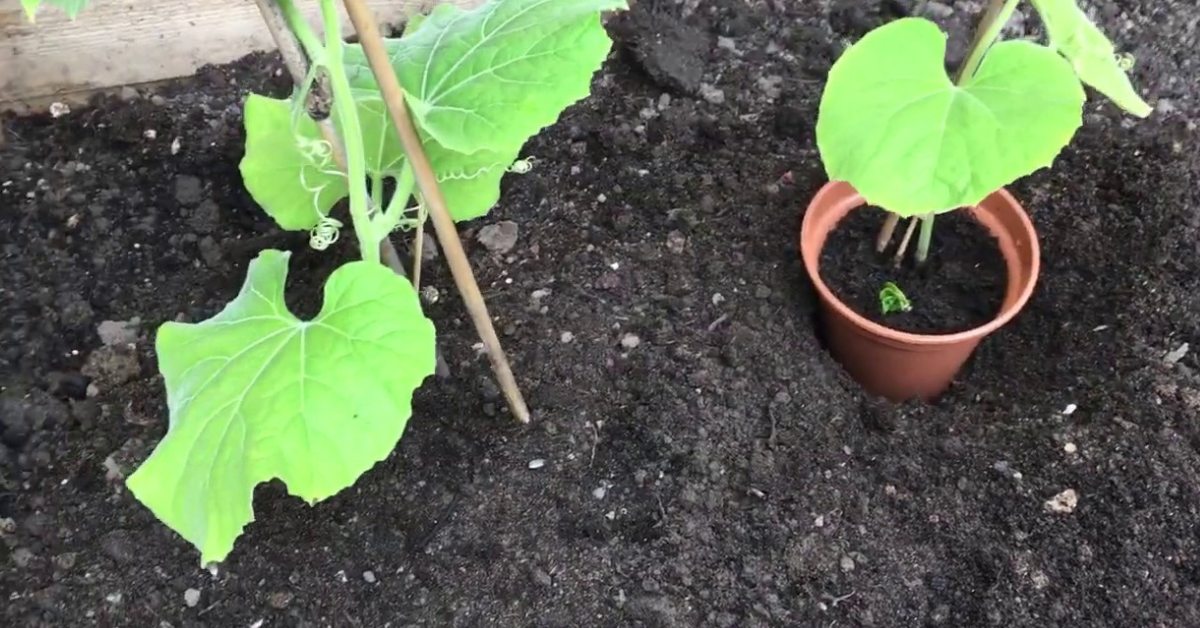 Enrich the soil with nutrients that help to retain moisture so you can grow a healthy bottle gourd plant; Picture source: Labony Kitchen UK
Enrich the soil with nutrients that help to retain moisture so you can grow a healthy bottle gourd plant; Picture source: Labony Kitchen UK
4. Plant the seeds
Show the children how to plant the bottle gourd seeds about one to two inches deep in the soil. Whether in pots or garden beds, make sure there is enough space, around two feet, between each seed to give the spreading vines room to grow.
Cover the seeds gently with soil and pat down lightly, then water carefully using a watering can with a fine rose to avoid disturbing the seeds. Explain how seeds need moisture, warmth, and air to sprout, encouraging them to check on the soil every day for signs of growth.
5. Build a support frame
As the bottle gourd vines grow, they will need something sturdy to climb. Together with your children, build a trellis or use bamboo sticks tied with string to create a simple frame. This is a fantastic opportunity for kids to learn about how plants grow vertically and why climbing plants need support.
You can even decorate the frame with colourful ribbons or plant labels, making it a fun, creative activity as well.
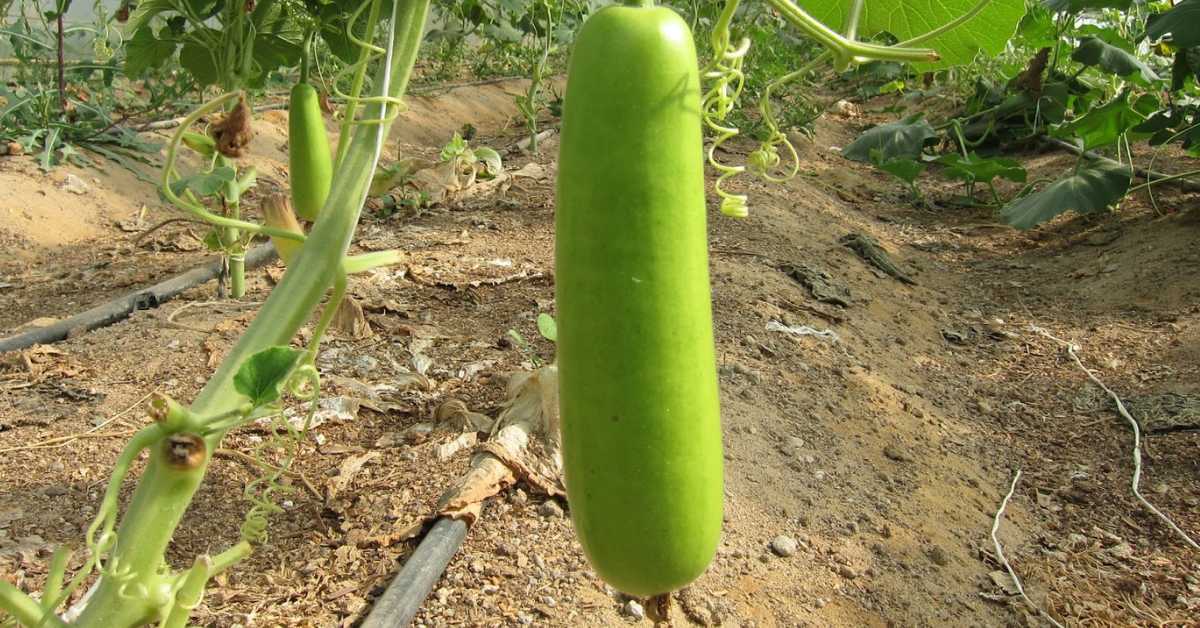 Teach your kids to water at the base of the plants rather than the leaves to avoid fungal diseases; Picture source: Homegardennet.com
Teach your kids to water at the base of the plants rather than the leaves to avoid fungal diseases; Picture source: Homegardennet.com
6. Water and care
While the monsoon rains provide plenty of water, there will be dry days when your plants will need extra attention. Teach your kids to water at the base of the plants rather than the leaves to avoid fungal diseases.
Show them the importance of checking the soil moisture regularly, and explain how overwatering can harm the roots. Keeping an eye out for pests like aphids or caterpillars is also a great way to teach children about natural garden ecosystems.
7. Keep a garden diary
Encourage your children to observe the plant’s progress daily. They can look out for new leaves, flowers, and the first signs of fruit forming. Providing them with a garden diary or sketchbook allows them to document the changes with drawings, photos, or notes, helping develop their observation skills and connection with the natural world. Discussing how flowers turn into fruit is an exciting part of this process.
8. Time to harvest
After about two to three months, the bottle gourds will be ready to harvest. The fruits should be firm, smooth, and around 10-12 inches long, depending on the variety. Show your children how to carefully cut the gourds from the vine using scissors or garden shears, explaining the importance of not damaging the plant so it can continue to produce more fruit. Harvesting is a fantastic moment to celebrate their hard work and patience.
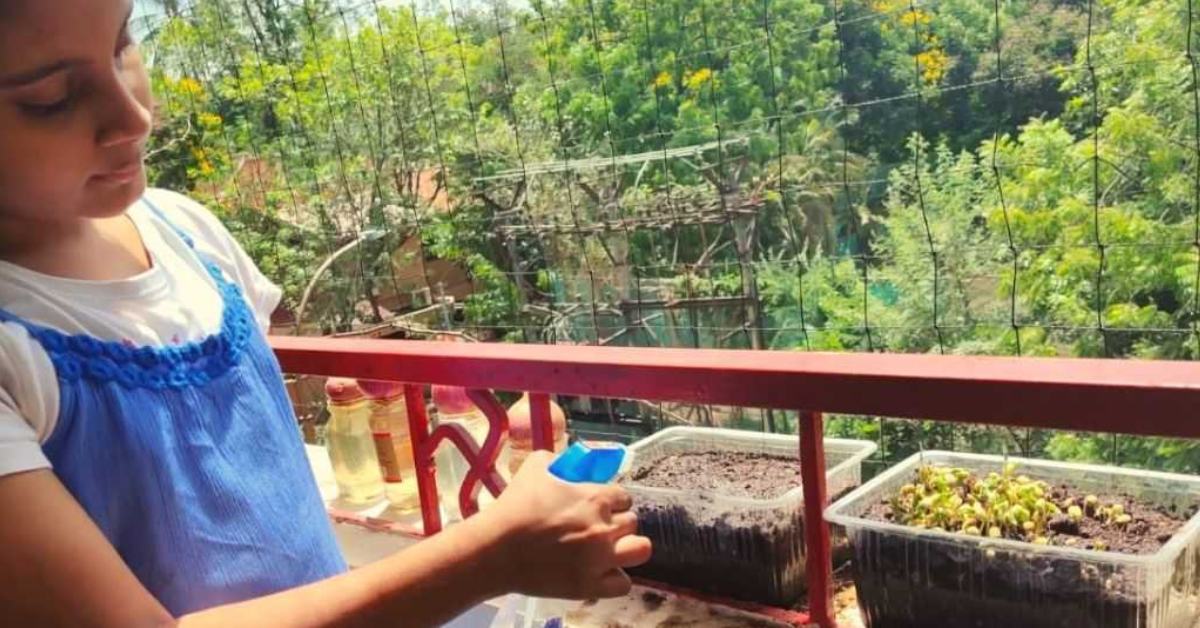 Give children regular and simple tasks such as watering or removing weeds; Picture source: ScooNews
Give children regular and simple tasks such as watering or removing weeds; Picture source: ScooNews
Tips to make gardening fun for kids
- Use brightly coloured pots or decorate plant markers to make the garden visually appealing.
- Give children regular and simple tasks such as watering or removing weeds to help them feel responsible and engaged.
- Share stories about the vegetable’s uses in cooking and culture to make the experience richer and more meaningful.
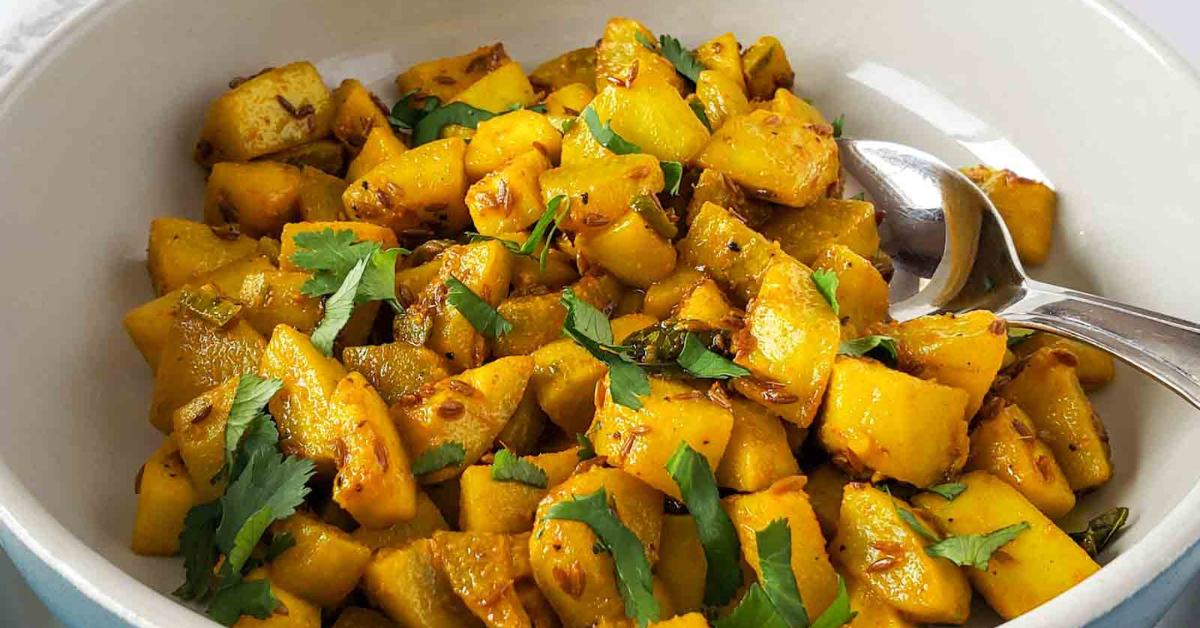 After harvesting, cook a simple lauki dish for your kids to reward them for their hard work; Picture source: Profusion Curry
After harvesting, cook a simple lauki dish for your kids to reward them for their hard work; Picture source: Profusion Curry
- Celebrate milestones like the first sprout or harvest with small rewards or fun treats to keep enthusiasm high.
Edited by Khushi Arora
News